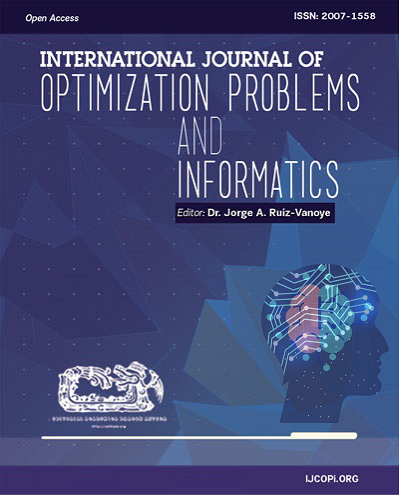Evaluating Deep Learning Techniques for Sugarcane Disease Classification
DOI:
https://doi.org/10.61467/2007.1558.2025.v16i3.851Keywords:
Sugarcane diseases detection, Deep LearningAbstract
Recent studies have explored the use of deep learning algorithms for the early detection of diseases. This work presents a comparative analysis of three state-of-the-art deep learning model architectures applied to this task. A study was conducted to test and compare these models using a dataset of 7,000 sugarcane leaf images categorized into five classes (healthy leaves and four disease types) and evaluated the performance of these models across various classification metrics to determine the most effective approach. Sugarcane is one of Mexico’s principal crops (INEGI, 2025), playing a crucial role in the sugar industry and its derivatives. However, various diseases pose a threat to sugarcane cultivation, resulting in significant economic losses due to the large-scale eradication of crops. Early and accurate identification of diseases is essential for effective management, yet it remains challenging without specialised knowledge. Deep learning tools can facilitate the detection of such diseases. This study presents a comparative analysis of three state-of-the-art deep learning architectures—EfficientNetV2B0, DenseNet121, and ResNet101V2—for sugarcane disease detection. Using a dataset of 7,000 sugarcane leaf images categorised into five classes (healthy and four disease types), the evaluation of these models was based on multiple classification metrics. The findings highlight competitive performance among the models, showcasing their respective strengths and limitations in terms of accuracy and computational efficiency. This analysis offers valuable insights into deep learning-based approaches for sugarcane disease detection, supporting the development of practical solutions for the agricultural sector.
Downloads
Published
How to Cite
Issue
Section
License
Copyright (c) 2025 International Journal of Combinatorial Optimization Problems and Informatics

This work is licensed under a Creative Commons Attribution-NonCommercial-NoDerivatives 4.0 International License.





